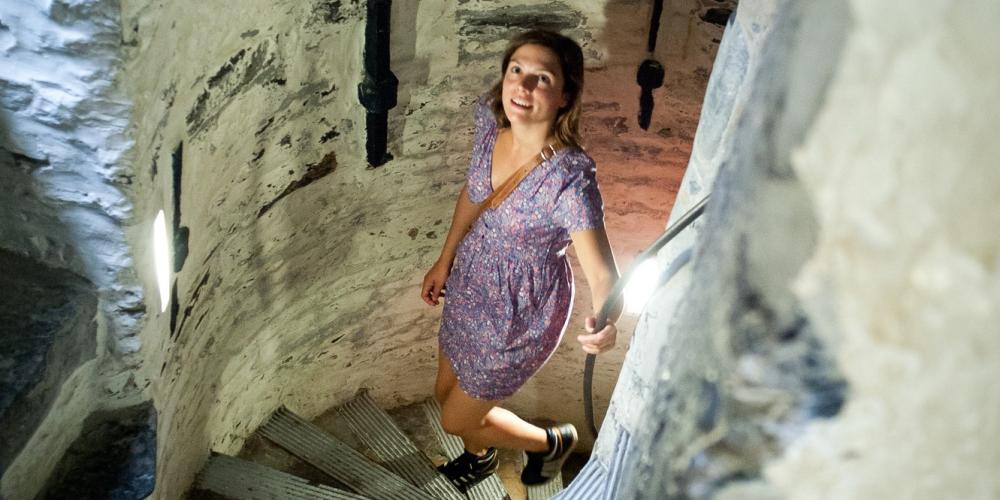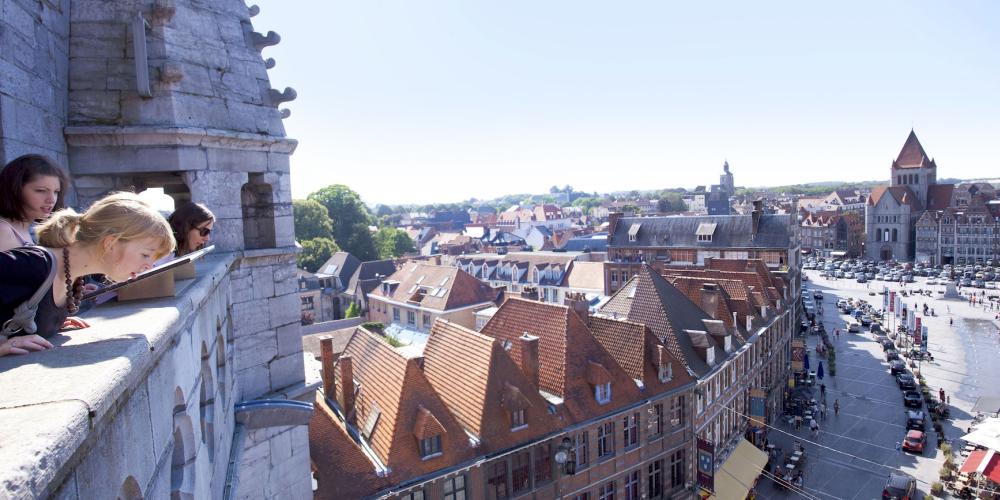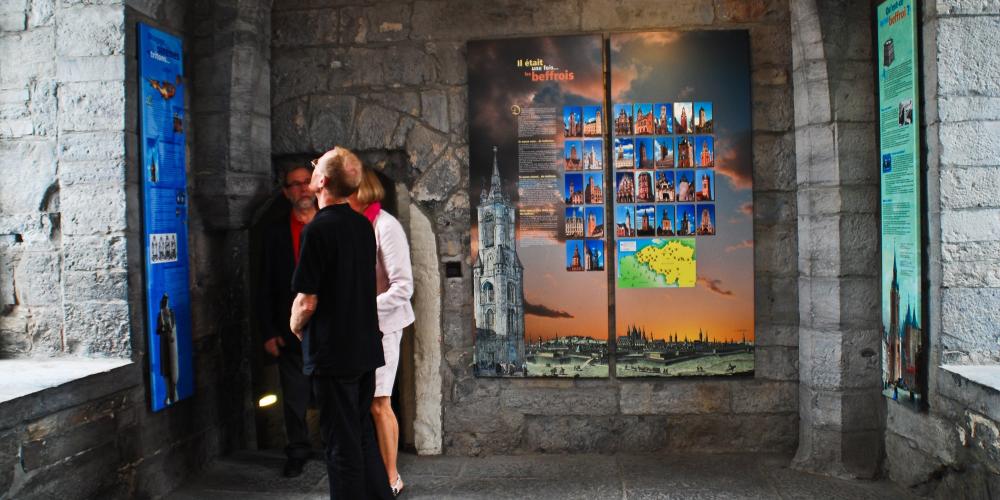Tournai Belfry

The belfry was built in 1188 when the town was granted the charter of municipal liberties by the King of France, Philippe Auguste. One of the articles in the charter granted the bourgeois of Tournai the right to "ring the bell", until then reserved for the clergy. The documents to provide an exact date for the beginning of the construction are missing, but we know that since 1217 two bells are rung. The original tower was raised in 1294.
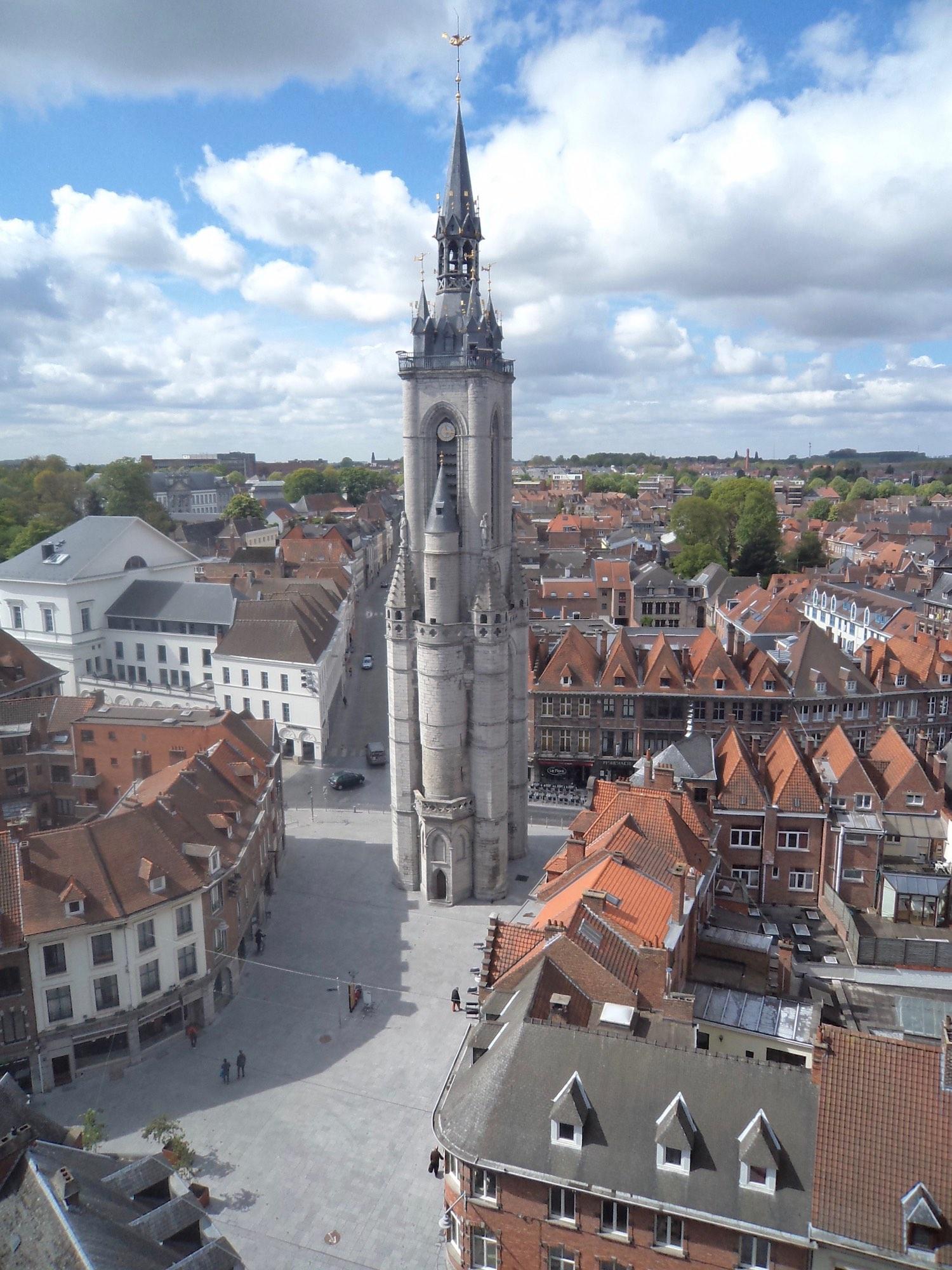
In 1392, a fire partially destroyed the belfry, forcing the magistrate to undertake its restoration. In 1397, a large party was organised to mark the end of the works, during which the magistrate threw loaves of bread to children from the belfry (the throwing of "pichous" from the belfry on the Saturday of the Tournai Carnival is a reminder). New bells were cast to replace those that were destroyed in the fire.
The belfry did not display its current exterior appearance until after the modifications made by the Tournai architect Bruno Renard towards the middle of the 19th century.
In 1940, German incendiary bombs destroyed the centre of Tournai. The belfry, isolated and barely affected by the bombs despite its height (72m), was one of the rare buildings to be left standing.
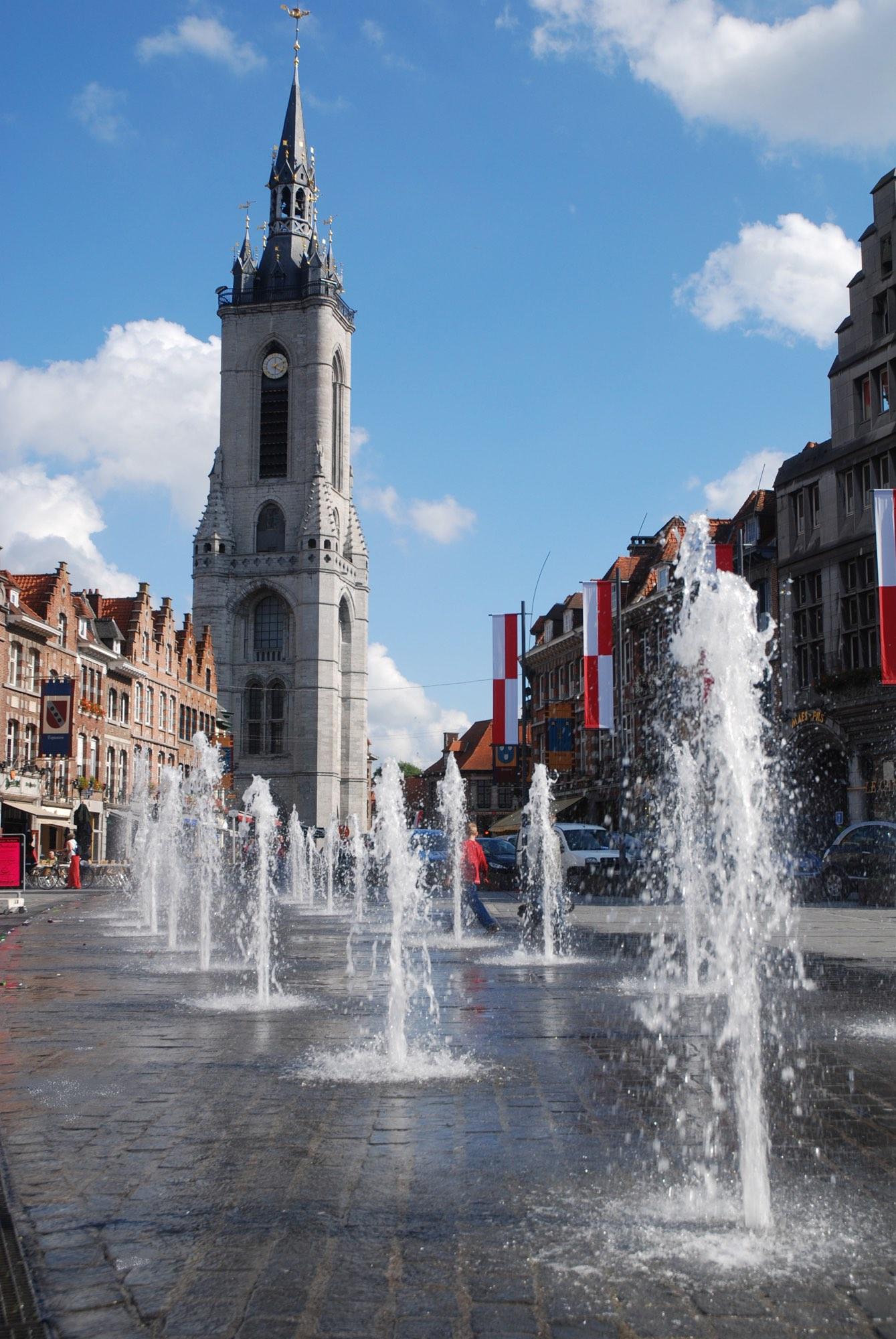
Designated as a UNESCO World Heritage site in 1999, between 1992 and 2002 it underwent restoration and development of tourist facilities. You can visit several of the interior rooms and climb the 257 steps to the upper terrace with its magnificent view of the town and information panels providing geographic orientation.
The belfry is surmounted by a beautiful weathervane in the shape of a dragon covered with gold leaves.
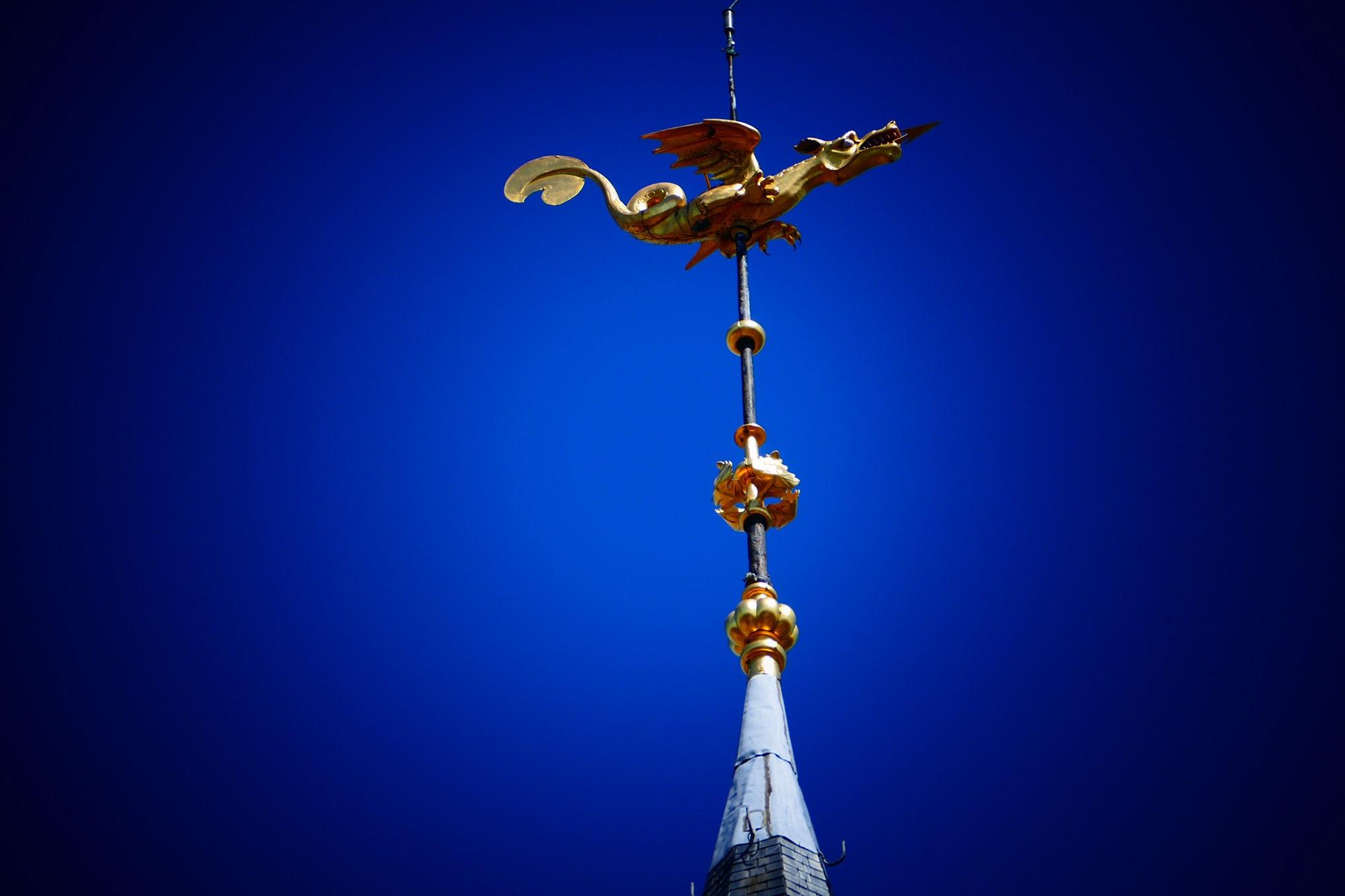
The bells and the carillon
It was not until the 16th century (1535) when the magistrates of the town equipped the Tournai belfry with a carillon, allowing the bells to be played like an organ. Unlike the bells, this had a festive purpose. The carillon underwent restorative works in 2003. Certain bells were recast, and others were added.
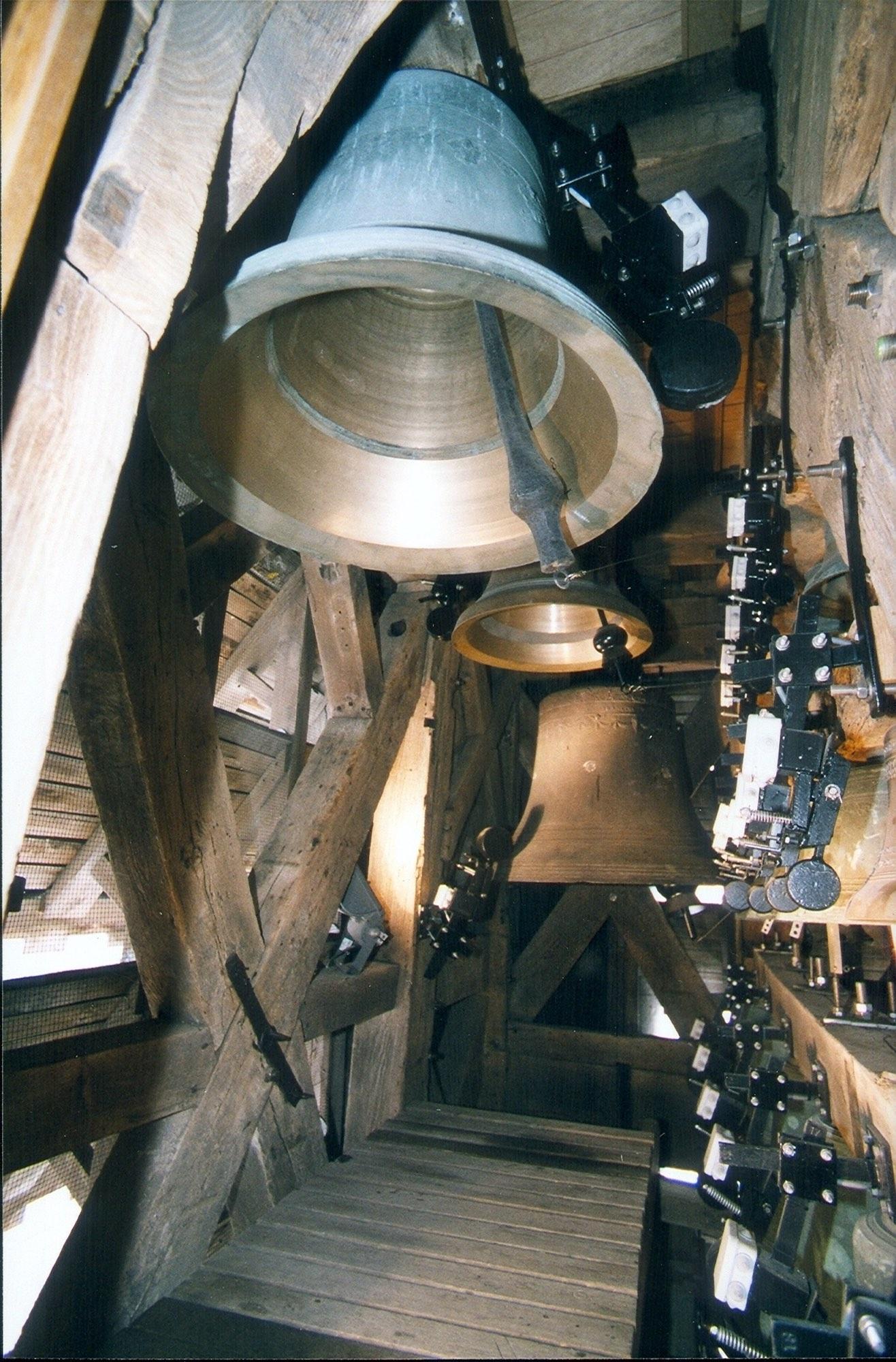
At present, the belfry in Tournai has 2 bells, the Bancloque (5000 kg) and the Timbre (2060 kg), and a carillon of 55 bells, of which 30 came from the Tournai foundries Barbieux and Michiels, which are no longer there today.
Proud of its new voice, it rings out joyful notes during the concerts held on Sunday afternoon from Easter to the end of September, and in December. Note that the belfry of Tournai is one of the few places in Belgium where you can watch a live carillon performance, if you're willing to climb 200 stairs!
It takes around 1h30 to get to Tournai from Brussels National and Brussels-South (Charleroi) airports and 25 minutes from Lille-Lesquin airport (Fr).
The city is easily accessible by car (E42 and A16 motorways) and by train from Brussels (1h10), Lille (30 minutes), Paris and London (2h).
It takes 15 minutes to walk from the station to the belfry.
